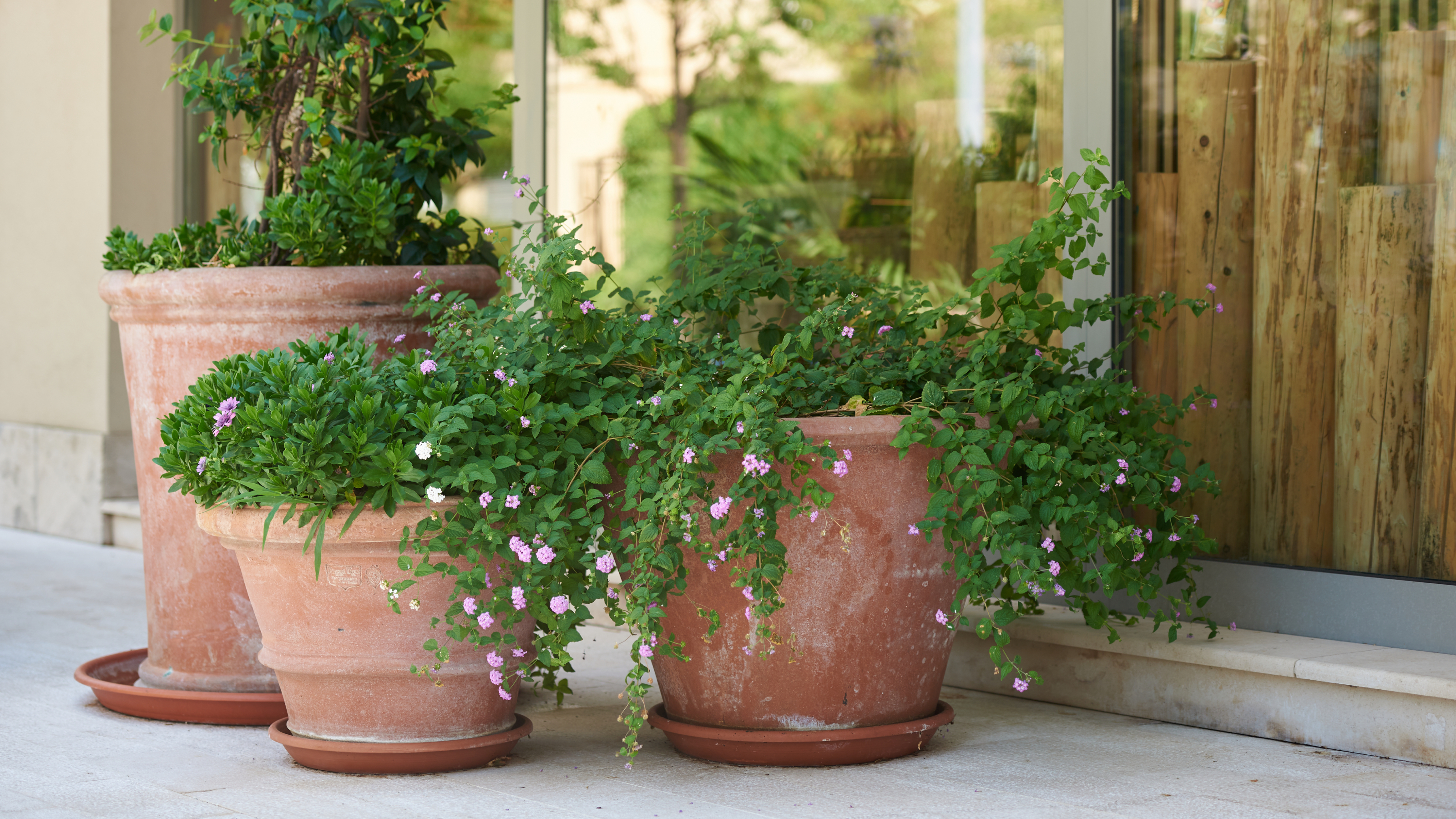Best Planter Filler Materials To Help You Save On Soil
Love the look of large planters, but not the cost it takes to fill them? These cheap planter filler ideas can help you save tons of money on soil.


What is a pot filler? It's any material that's not a growing medium, that is placed in the bottom of a container or garden bed. A pot filler can be a useful material in many ways. The most common reason to use a non-soil filler is to take up space and fill the bottom of a large planter. You don’t necessarily need soil all the way to the bottom, so try some of these fillers to save on high-quality potting soil.
Reasons to Use Pot Fillers
There are several good reasons to use pot or container fillers for some of your potted plants. It’s most important when you have a large container. Knowing how to fill deep planters provides several benefits:
- Save money. Good potting soil isn’t cheap. You can save a lot of money by not filling a large container with costly soil. Fill some of the space with a cheap filler instead.
- Lighten the load. A large container can get pretty heavy when filled with soil. Use a lighter material to fill the bottom, and it’s easier to move.
- Make it heavier. On the other hand, maybe you have a plastic pot that keeps tipping. Put a heavy filler in the bottom to stabilize it.
- Recycle. The bottom of a large pot is a great place for materials you don’t need. Instead of tossing old plastic, for instance, use it as a filler.
- Improve drainage. Larger material in the bottom of a pot allows water to run through more freely so you don’t get soggy roots.
Ideas for Material to Fill a Container
Several materials work for filling a large or deep container for any of the above reasons. Try any of these:
- Plastic materials, like pop bottles or milk jugs
- Packing peanuts and Styrofoam pieces
- Crushed metal cans
- Natural materials, like sticks or pinecones
- Old, broken plastic pots
To weigh down a large container, try rocks or broken pieces of ceramic or terracotta pots. If you’re using recycled materials from the kitchen, be sure to wash them thoroughly. Avoid materials that will decay rapidly, like newspaper and cardboard.
You can also find materials at garden centers if you don’t have any throw-away items at home to use. Try coconut fiber or sphagnum moss. You could also try pea gravel or florist Styrofoam. Consider what you’re attempting to achieve, and then choose the best pot filler to match that goal.
Sign up for the Gardening Know How newsletter today and receive a free copy of our e-book "How to Grow Delicious Tomatoes".

Mary Ellen Ellis has been gardening for over 20 years. With degrees in Chemistry and Biology, Mary Ellen's specialties are flowers, native plants, and herbs.